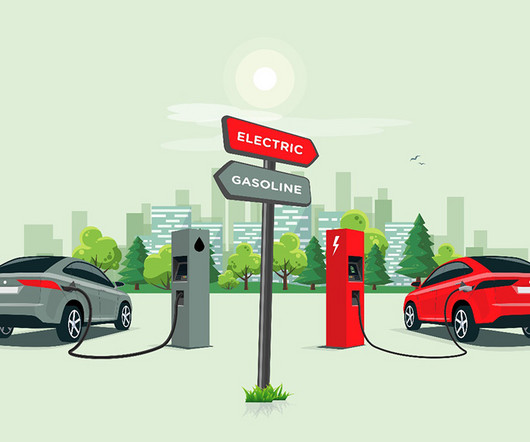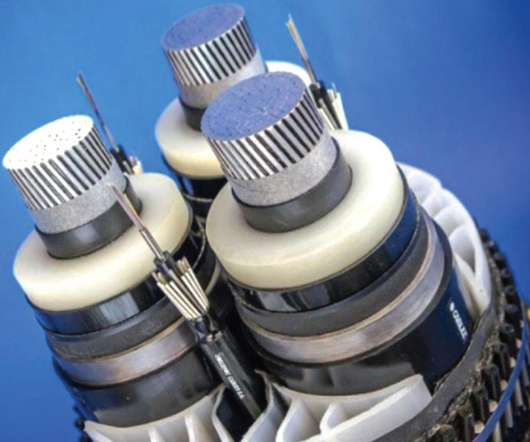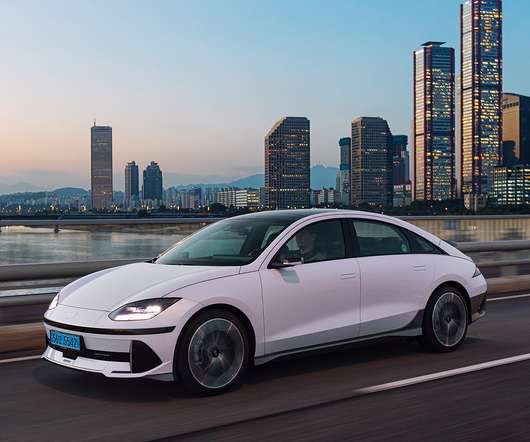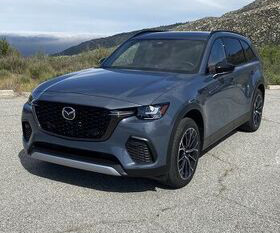New long-duration, extended capacity Na-Al battery design for grid storage
Green Car Congress
MARCH 2, 2023
V for neutral NaAlCl 4 ) contributed by the acidic chloroaluminate cathode reaction, unlocking an additional specific energy of ∼119 Wh kg −1 by utilizing the conversion of NaAlCl 4 to NaAl 2 Cl 7 , which adds to the neutral melt reaction between NaAlCl 4 /Al and Na (∼493 Wh kg −1 theoretical). mAh cm −2 , a discharge duration of 28.2





































Let's personalize your content